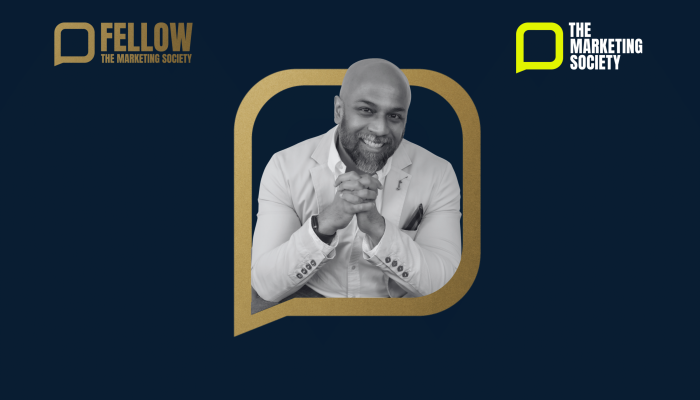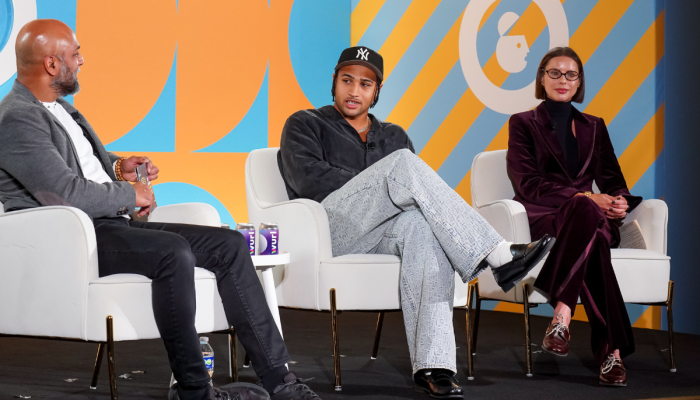Cultural expert and semiotician, Becks Collins, on why we need to understand the symbols we use and why brands need to step up and take responsibility
Symbols can be incredibly powerful – we need to do our research and use them responsibly.
Lines are being drawn in Western society – the conflicting values of right and left-wing camps are creating huge rifts. These opposing groups are increasingly rallying around certain symbols – emblems of their values and opposition to contrasting ideals. The left has become entwined with Black Lives Matter solidarity, with Black people and their allies adopting motifs like raised fists, bent knees (and the mis-step that was the black squares).
On the more revolutionary side even Anonymous has returned, with their Guy Fawkes mask signalling a new anti-establishment age. On the right (or the extreme right), the MAGA hat has been supplemented with more terrifying symbols, like reports of the Nazi salute at Trafalgar Square and the resurgence of the Nazi symbol for political prisoners (a red inverted triangle) in Trump advertising.

We cannot ignore the symbols around us
Even though some of these more extreme symbols have so far been adopted minimally, we ignore them at our peril. Symbols are important, and if we let them slide unchallenged or unquestioned, it can indicate acceptance of horrific acts and head-in-sand blindness. Take the fact that five Black people have been found dead hanging in trees in the past month for example.
In every case the police have automatically deduced that these were suicides, despite three of the incidents occurring in areas known for white supremacist attacks and organisations.
No Black person sees this and assumes suicide. We know a lynching when we see it. It’s a symbol of racial hatred that we have ingrained in our cultural memory. Black Lives Matter protestors in North Carolina responded by stringing up a confederate statue – but honestly, as a half Black person I don’t find that a symbol of justice. It’s still using the same symbol of oppression as before – many white people won’t necessarily understand that because it’s not in their cultural memory in the same way.
We all need to do better, on all sides
We need to do our research and understand the origin and meanings of the symbols we stand behind, and those we seek to remove. Statues, for example, are symbols of a different past, and removing them signals a shift in values.
We need educate ourselves to be able to articulate exactly what those shifts are, why these symbols need to be removed, and importantly, what we need in their place (i.e. better education around slavery and British colonial history). If we don’t do our research, we end up in a culture of misunderstanding and frustration.
We end up with family members yelling ‘All Lives Matter’, not understanding that of course they do, but right now Black people’s lives simply do not matter as much to society as much as white people’s do. We end up with the British Foreign Secretary Dominic Raab stating on national news that he believes that taking the knee ‘came from Game of Thrones’, rather than a protest against police brutality started by an American Footballer in 2016. Understanding also prevents us from blindly adopting symbols that perhaps aren’t effective or don’t have the meaning we think.
Earlier this month people across social media presented black squares believing it to be an easy way to signal BLM solidarity. Although the initiative was started by two Black women calling for the music industry to pause their programming and give space to Black artists, it quickly became a trend, with people clogging up the #BlackLivesMatter hashtag feed needed for actual information, rather than actively amplifying Black voices as originally intended. We also get instances like the rainbow being used as a symbol for the NHS, without acknowledging its significance to the LGBT+ community who fought long and hard for the rainbow Pride flag and the rights it represents.
Brands need to take responsibility for the messages they put out
As marketers, we have to demonstrate a more nuanced understanding of the cultural symbols we adopt. Brands have huge followings and loud cultural voices – we need to be educated so that we can explain these symbols to those who listen to us. We can actively help people understand the dynamics at play and make a real commitment to the ideals they represent by genuinely contributing to the cause.
We can provide information and education behind the raised fist, we can make active changes to our internal diversity structure to demonstrate that Black lives really do matter to us. If we understand the history behind the symbols we use, they become ever more powerful, let’s use them responsibly.
This article came from issue 7 of Marketing Society publication Empower. Read the archive here.



